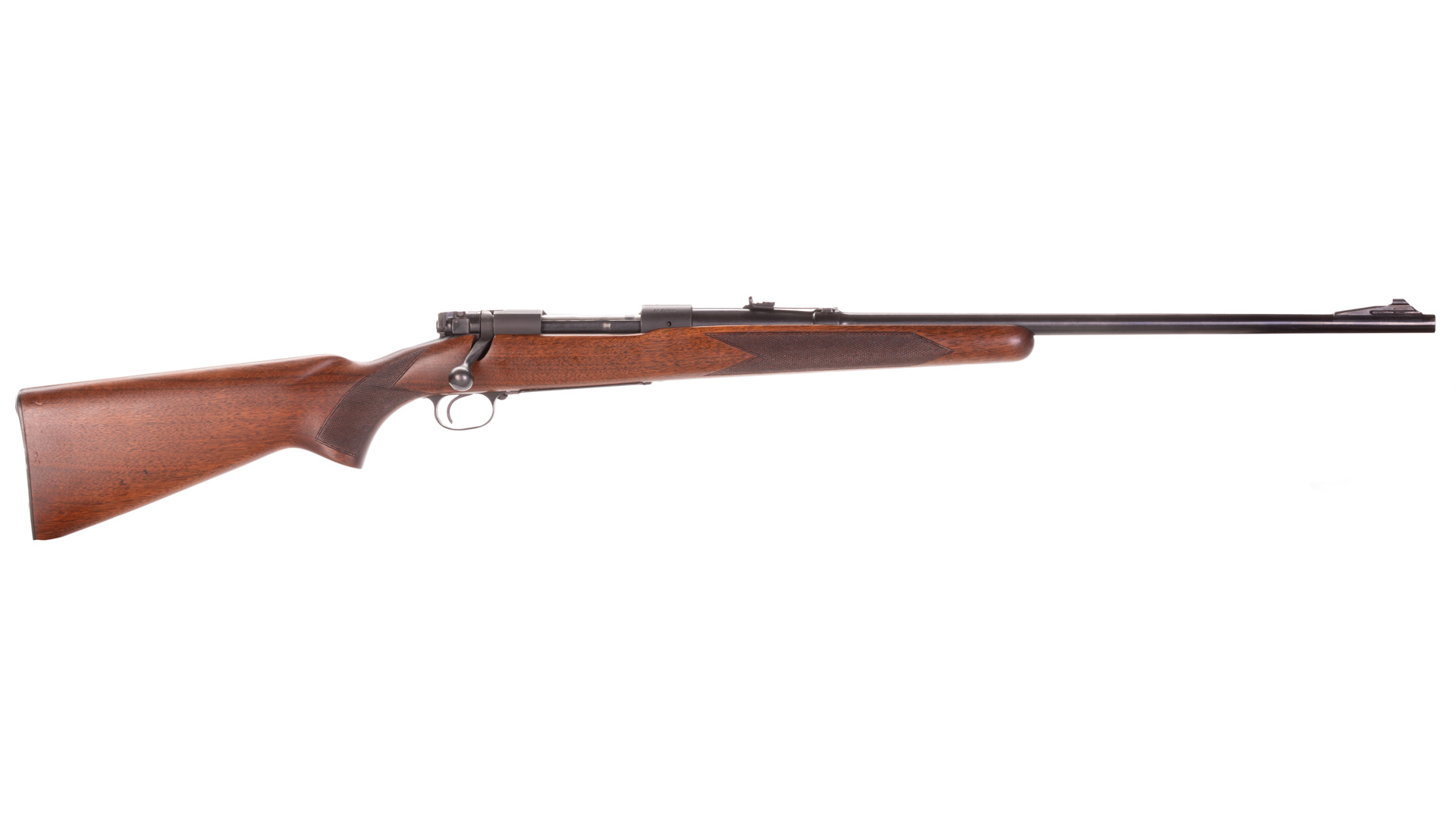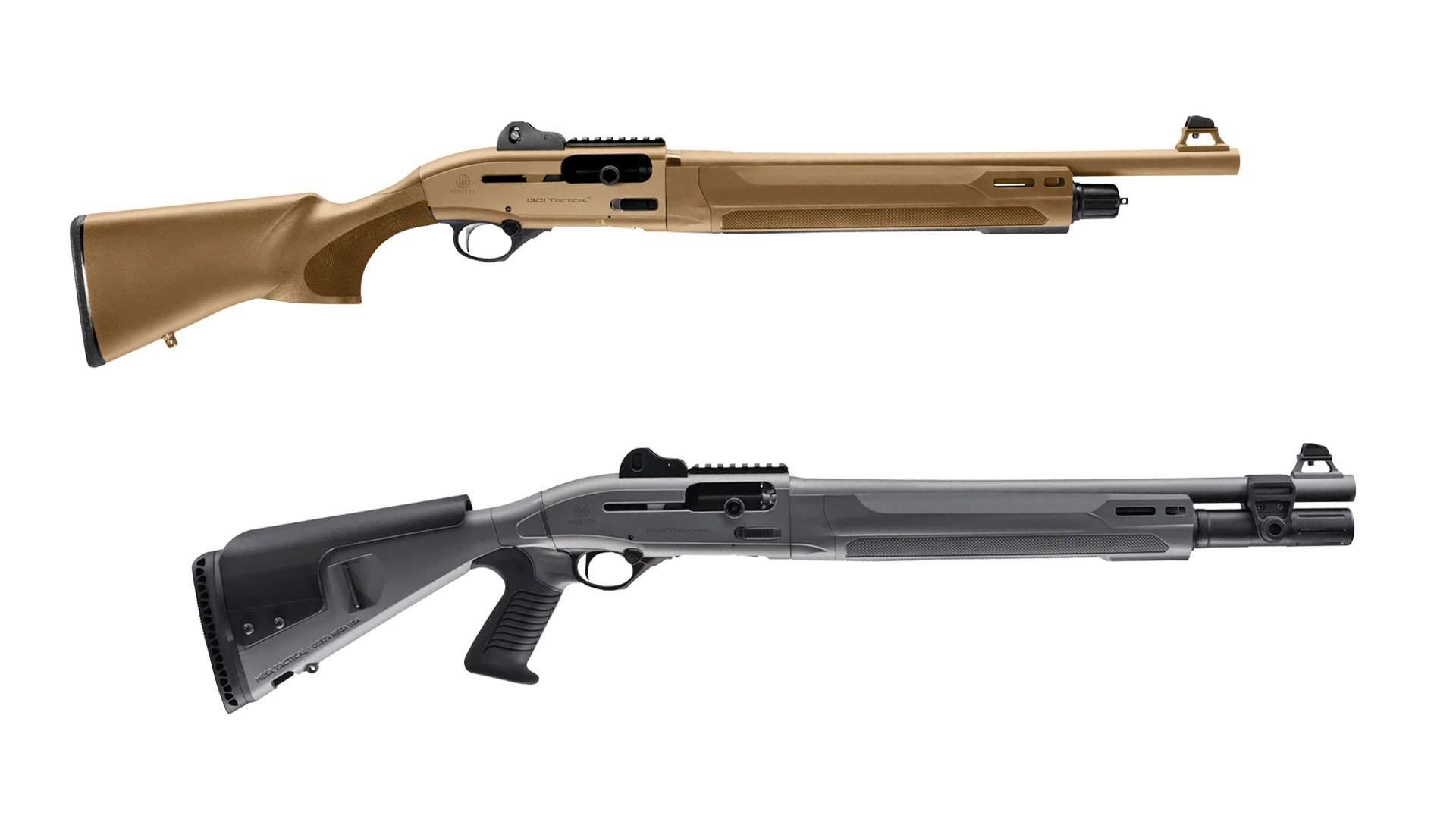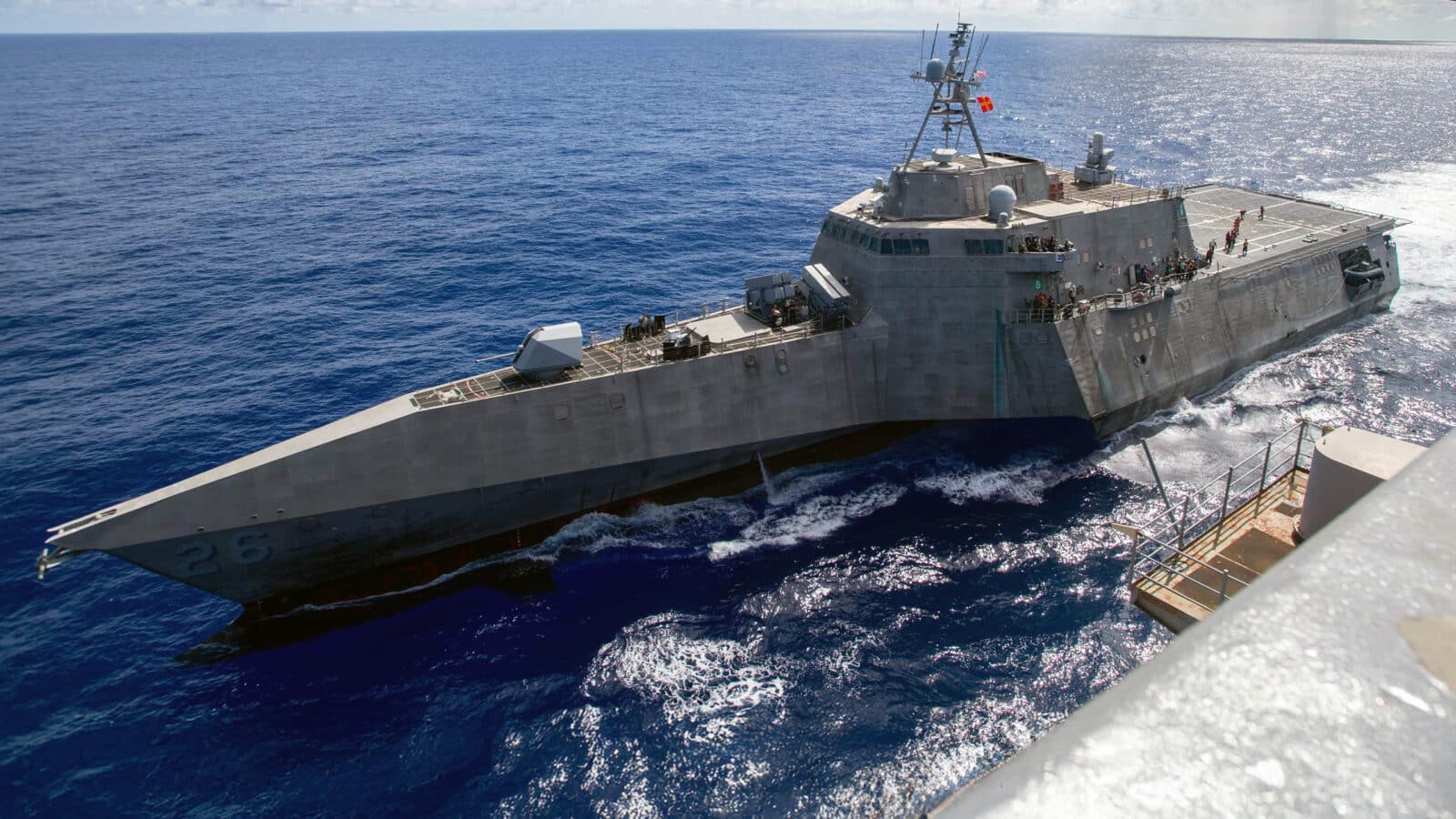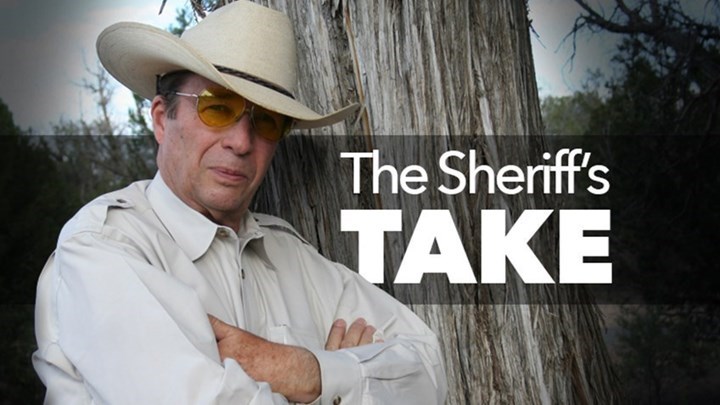Pushing The Limits of Smaller Guns
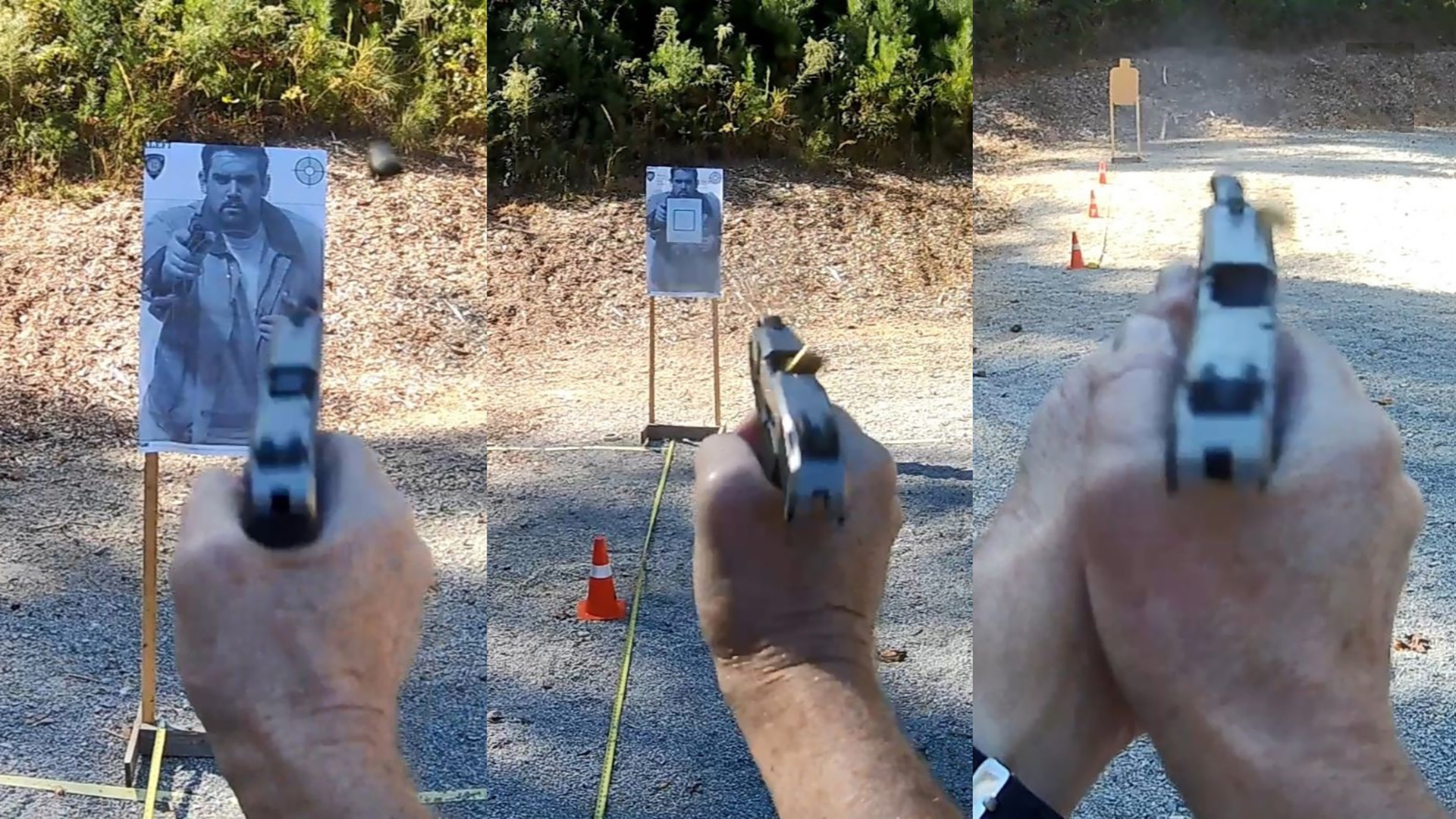
As we learn to get a good sight picture and press the trigger smoothly, small guns such as the Ruger LCP Max or Glock G43 can be shot accurately at much further than just an arm’s length distance. We can practice such shooting with courses of fire that challenge our marksmanship at longer distances, with smaller targets, and shooting with one hand. While most defensive gun uses take place within seven yards, on a full-size target, and allow us to shoot with both hands, that’s not universally true. It’s worthwhile to have an understanding of how well you can shoot your pistol beyond a car length.
This is a practice session of just under a box of ammo (47 rounds) that provides three different benchmarks for your ability. It includes shooting with one hand, shooting at a smaller target, and shooting at longer distances.
Kansas Concealed Carry License Qualification – 25 rounds
The Kansas Concealed Carry License Qualification Test consists of 25 rounds. Ten of those shots are fired at 10 yards. Five are fired at three yards with the primary hand only. So, this qualification increases the difficulty level of shooting for smaller pistols for both distance and skill. The IALEFI Q target is one of the allowed targets for the qual. The Q target is only 83 percent the size of the B-27, which also increases the difficulty. Three stacked sheets of paper are a reasonable representation of the Q target, if it’s not available. The Q target contains approximately 275 square inches of scoring area while three stacked sheets in portrait mode measure 281 square inches.
Preparing for the Kansas concealed carry test.
The qualification is fired starting from low eeady or with the pistol benched in front of the shooter. The sequence of fire is as follows.
- 3 yards – 5 rounds, using the primary hand only
- 7 yards – 2 strings of 5 rounds, using two hands
- 10 yards – 2 strings of 5 rounds, using two hands
Where permissible by the facility, include a dry (no ammo) draw and snap at the beginning of each distance’s shooting. Then load the pistol and shoot from low ready. Otherwise, simply begin from low ready.
Score and mark your hits after each string. Of the 25 rounds, 18 hits are required to pass the qualification.
Shootist’s Challenge – 2X – 12 rounds
During the period of the Old West in the United States, the men we now call ‘gunfighters’ were more often referred to as “shootists.” A long defunct magazine named the American Mercury published an article in 1937 that described the marksmanship standard used by one of the most famous shootists, William Butler ‘Wild Bill’ Hickok. The account was told by a contemporary of Wild Bill’s, Luther North.
Just how well could he shoot? He put a 5-inch square envelope at 10 paces (7 yards) and fired six shots at it. All six had to hit the envelope. At least one shot had to hit a one-inch stamp pasted in the middle.
In those days, they only shot one-handed. For practice, we can shoot the challenge once with two hands and then once with the primary hand only. The six rounds with primary hand only are the measure of how good a “shootist” was. A sheet of paper folded into quarters is also a close substitute for the five-inch square.
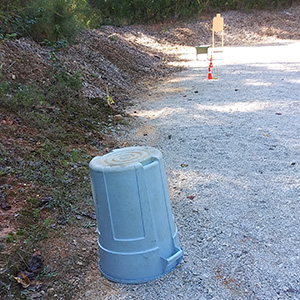
Bakersfield PD Qualification setup.
Bakersfield Police Department Qualification– 10 rounds
Although simple and short, the qualification course used by the Bakersfield, California police department is challenging. It is shot against par time, which we can create using a par timer app on a smartphone. The target is either the USPSA or IDPA silhouette target.
If your facility permits drawing from the holster, start each stage with your handgun holstered. At facilities where drawing is not permitted, start from the midpoint of the drawstroke. Load with six rounds only to start and have a spare magazine ready.
- Stage One is shot at 10 Feet. Fire two rounds in 2 seconds.
- Stage Two is shot at 20 Feet. Fire two rounds in 3 seconds.
- Stage Three is shot at 30 Feet (10 yards). Fire two rounds. When the slide locks back, immediately reload, and fire two more rounds. The time allowed for all four shots and the reload is 7 seconds.
- Stage Four is shot at 60 Feet (20 yards). Fire two rounds in 4 seconds.
The scoring is as follows:
- A/-0 Zone: 10 points
- C/-1 Zone: 9 points
- D/-3 Zone: 6 points
Out of the 100 possible points, 80 points are required to pass the qualification.
Whether you make the par time or not is less important than pushing yourself to make it and finding out how quickly you can make good hits. At distances beyond 10 feet, a good sight picture and smooth trigger press will become increasingly necessary.
Most defensive gun uses occur at relatively short distances and the gunhandling involved is not particularly complicated. However, there have been instances where armed defenders in places like malls and churches have had to take more difficult shots to preserve lives. It’s best to have a measured idea of where your marksmanship skills are at longer distances and how to improve them. Grip the pistol firmly, see the sights, press the trigger smoothly, and follow through is the recipe for success.




